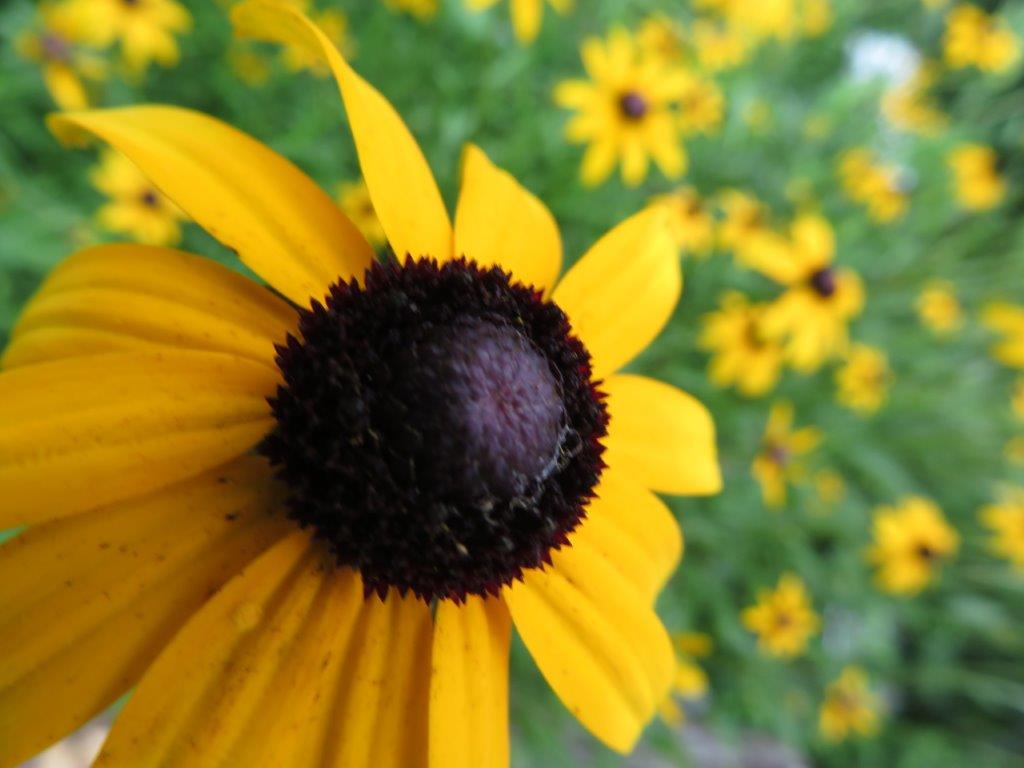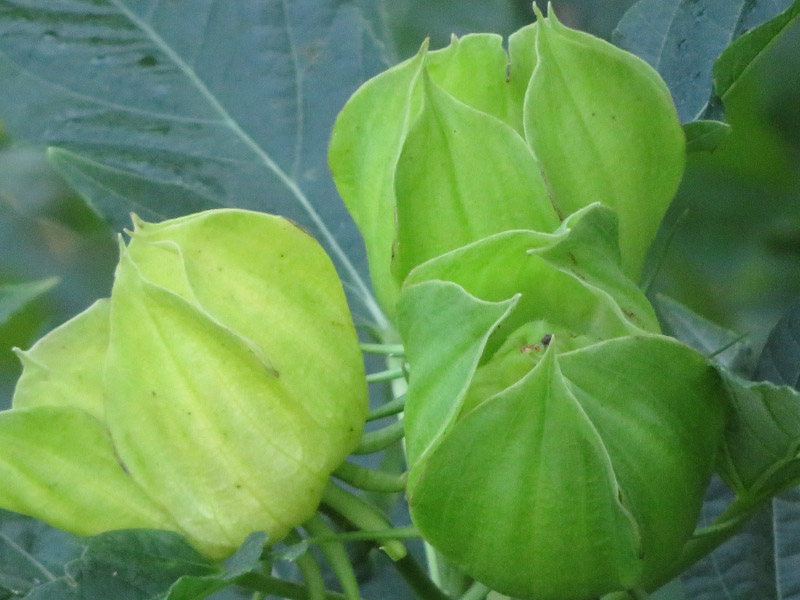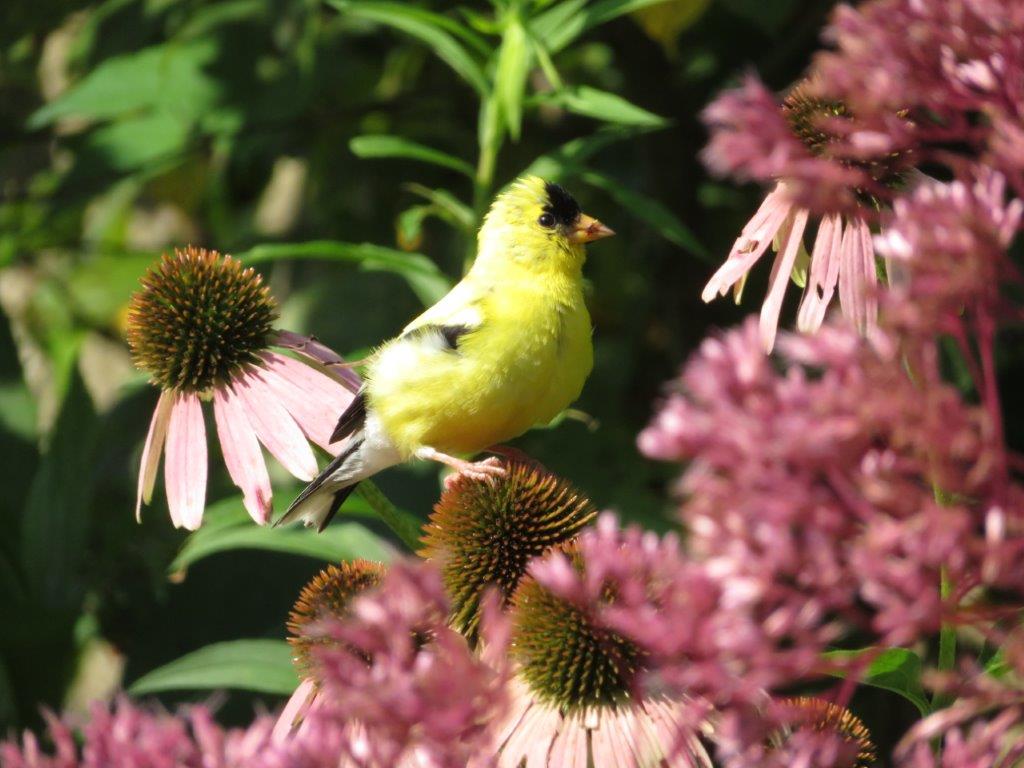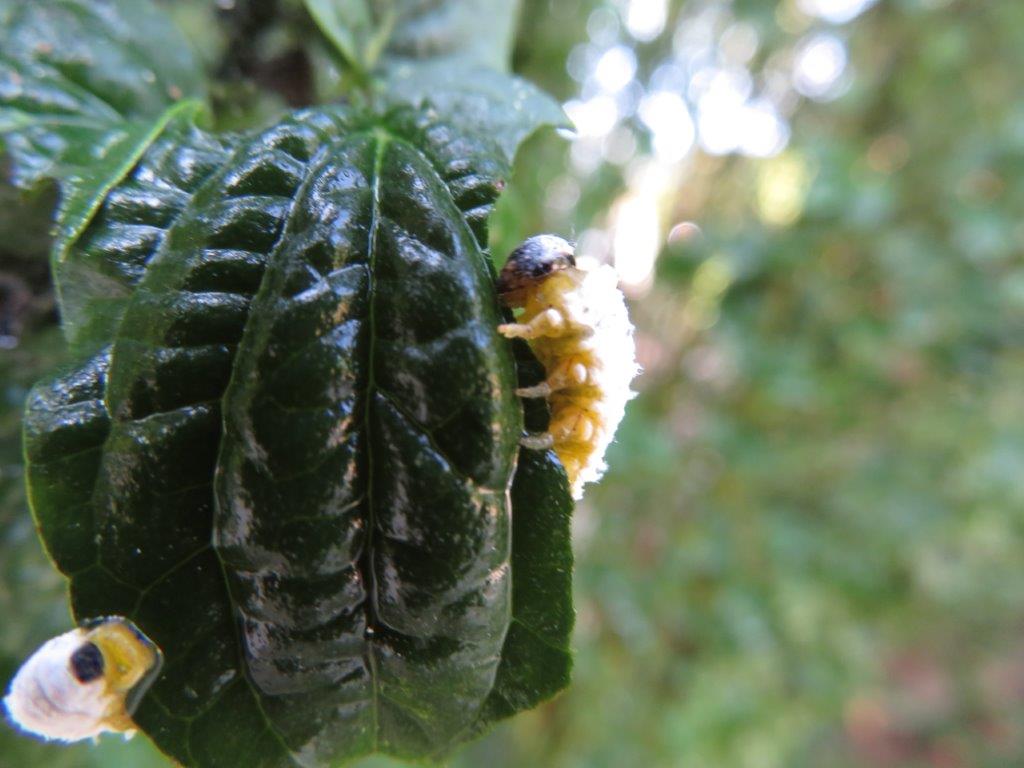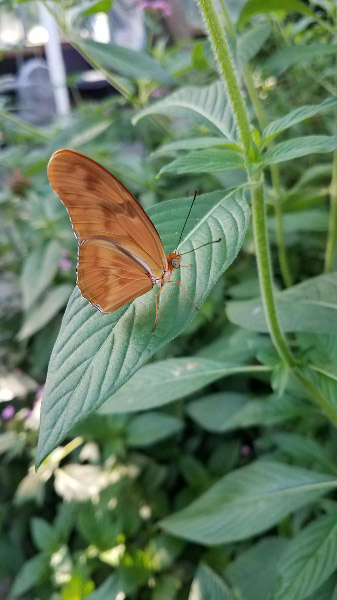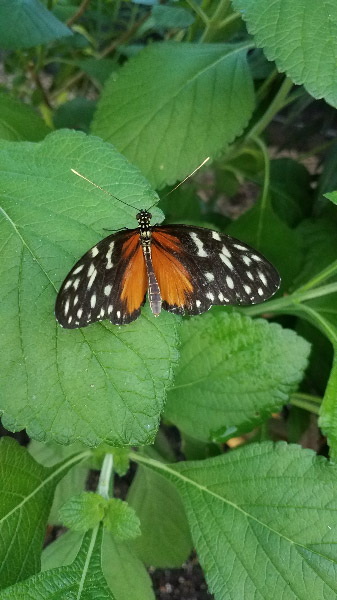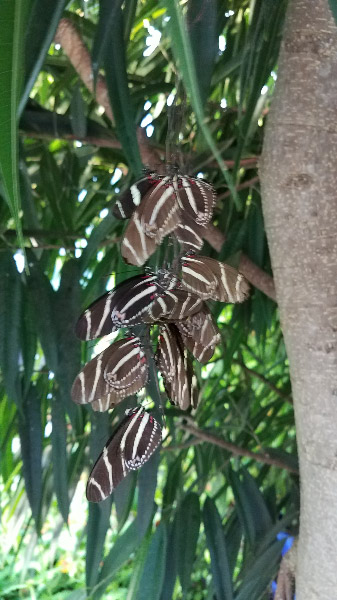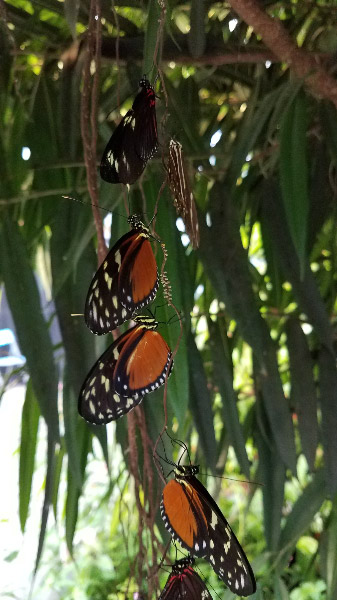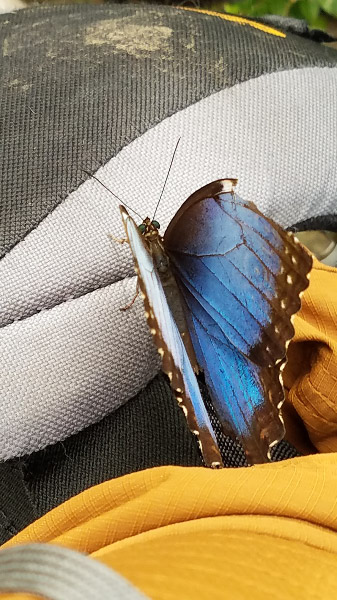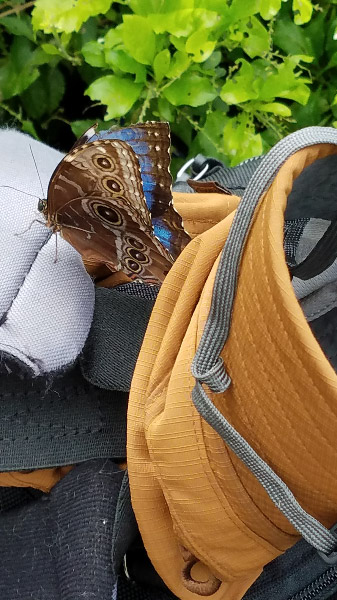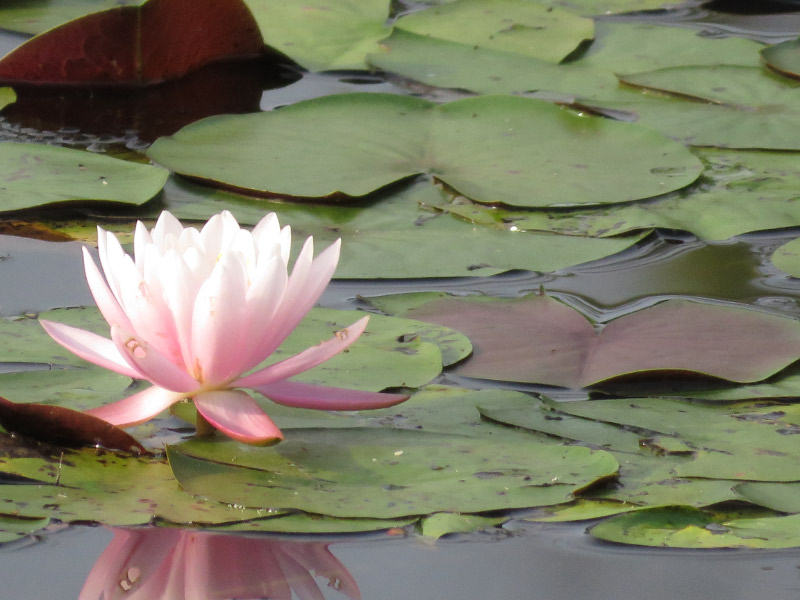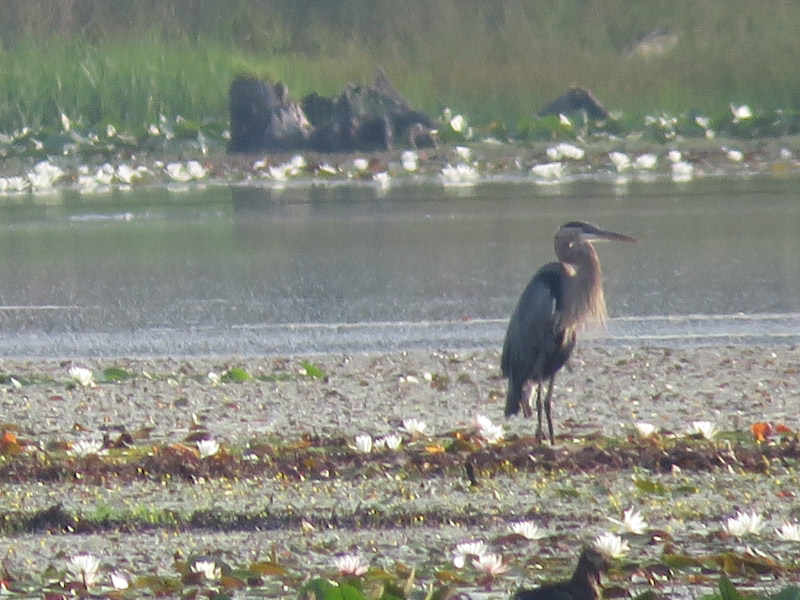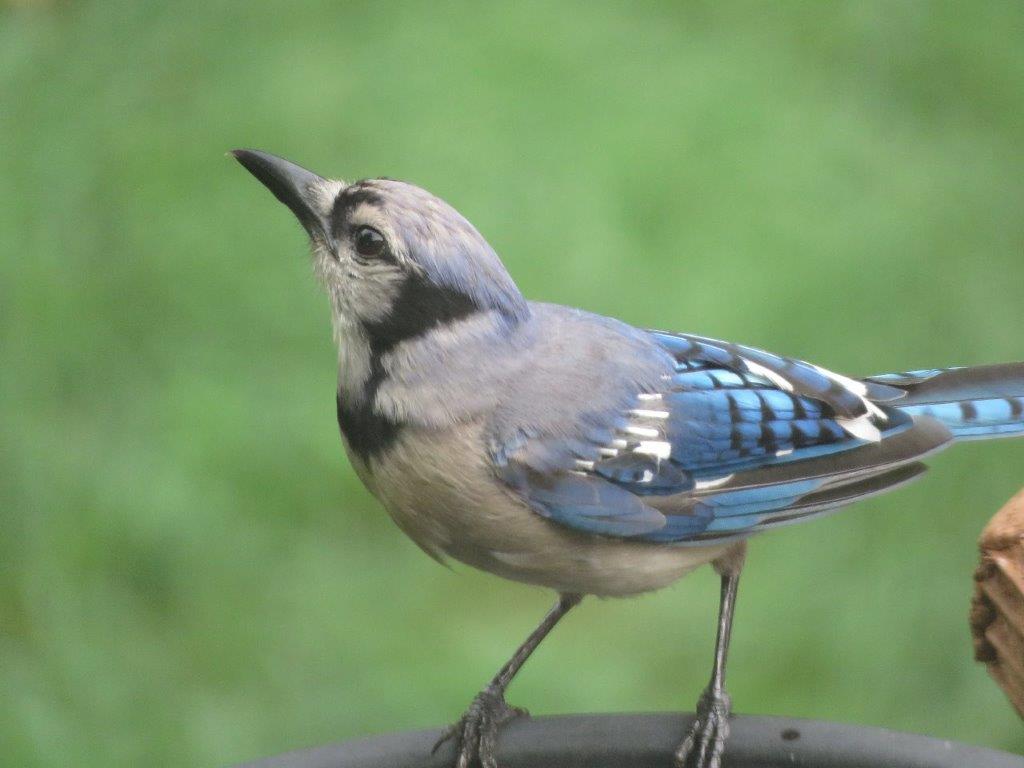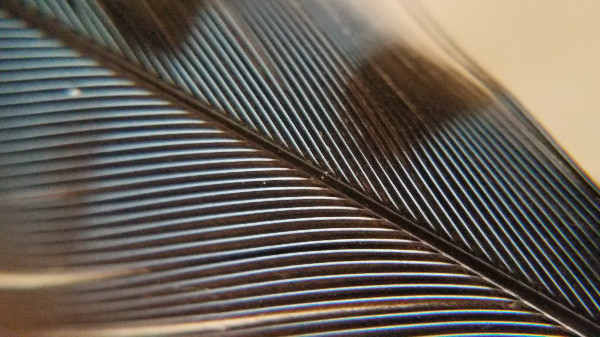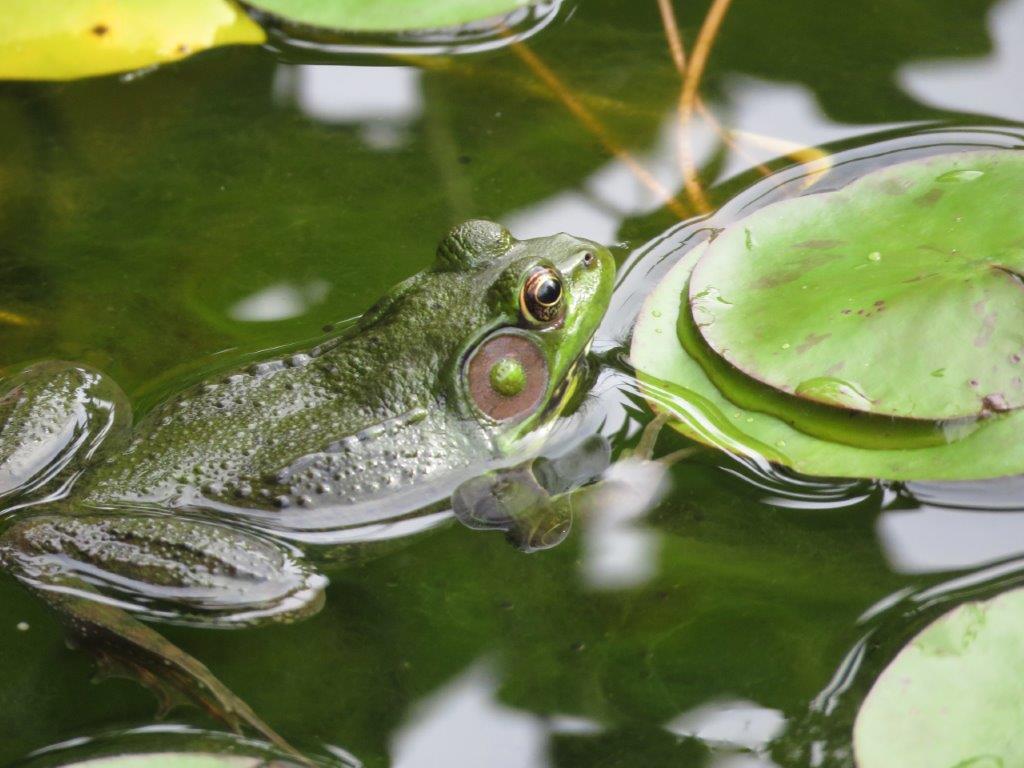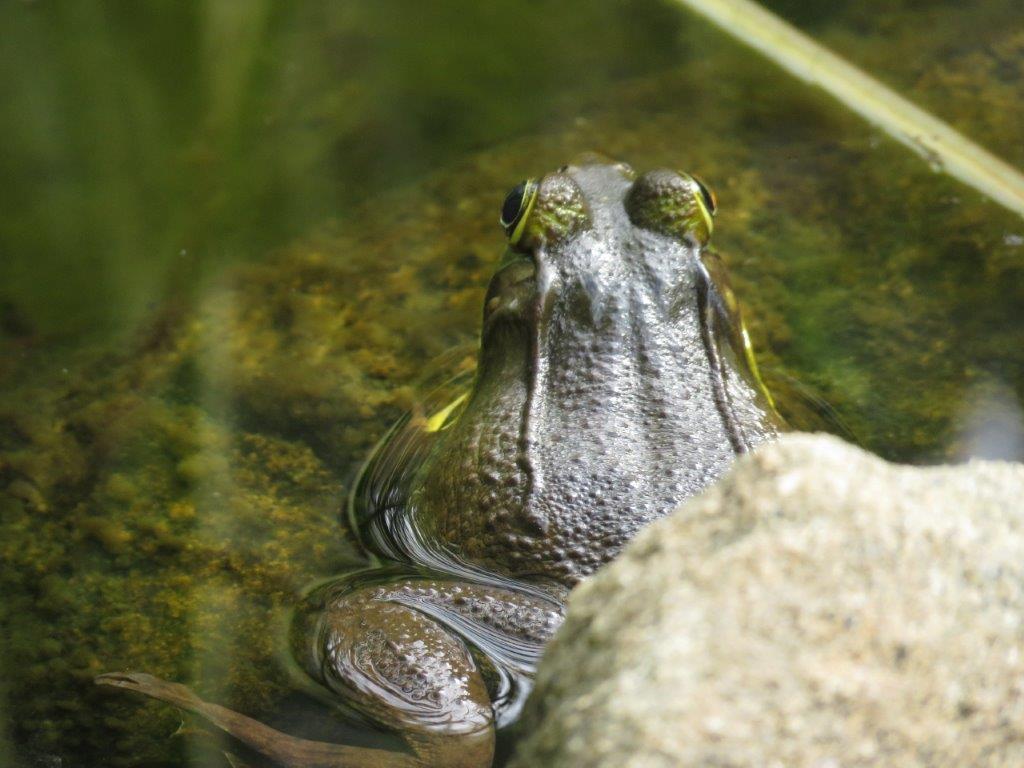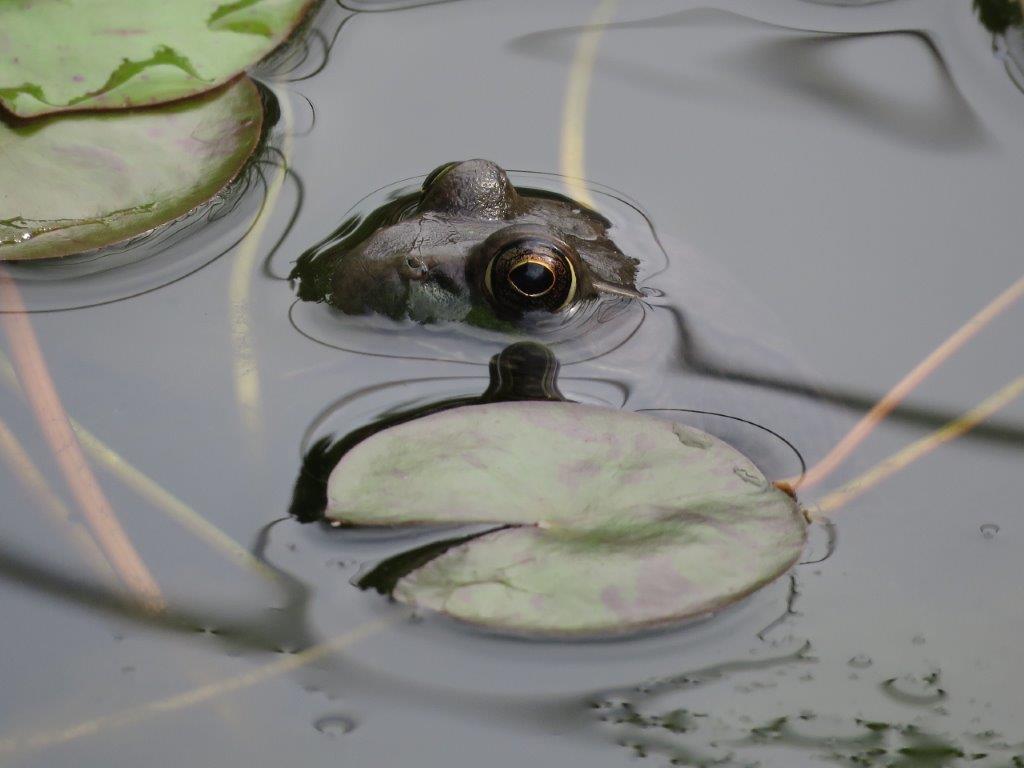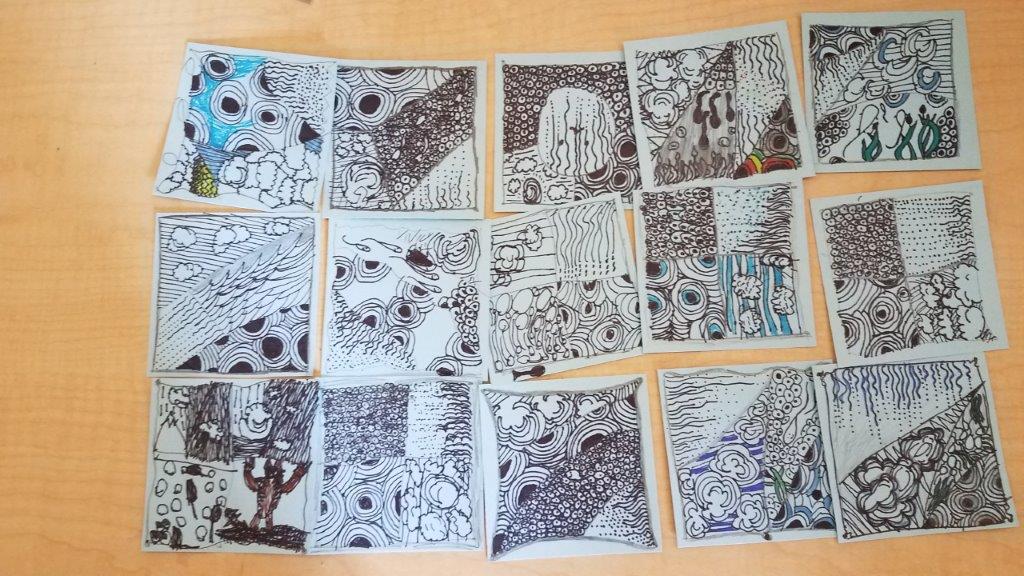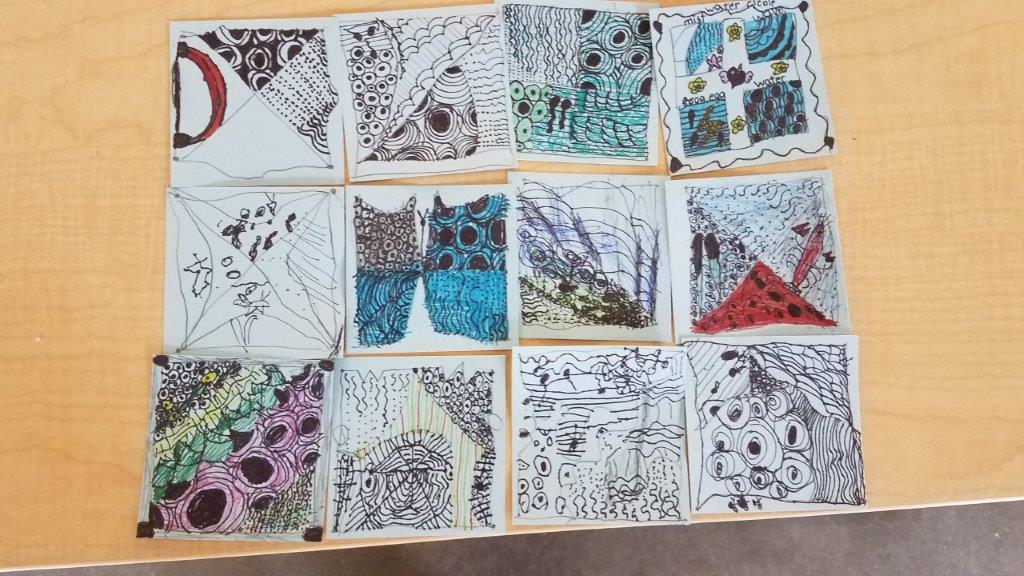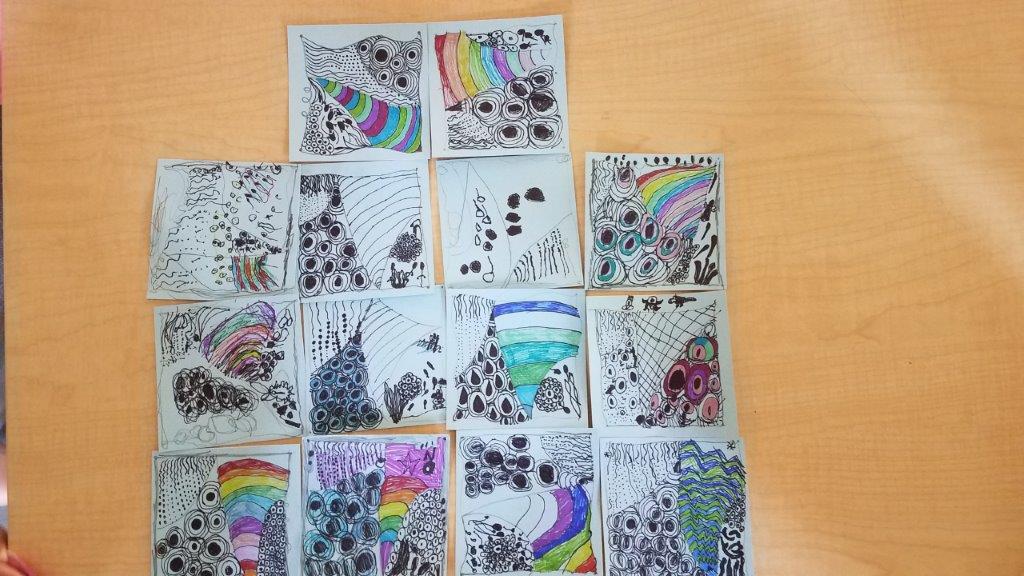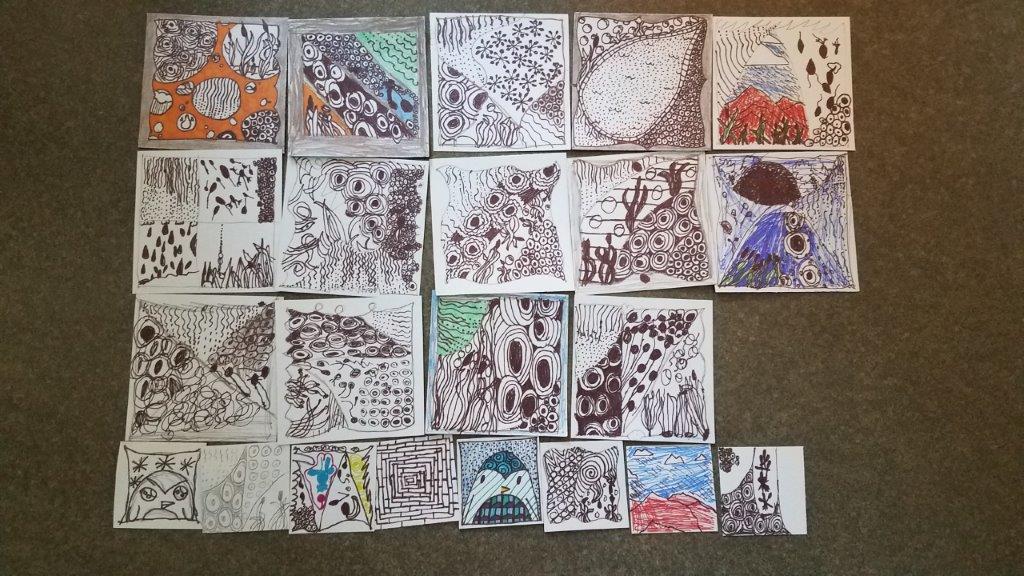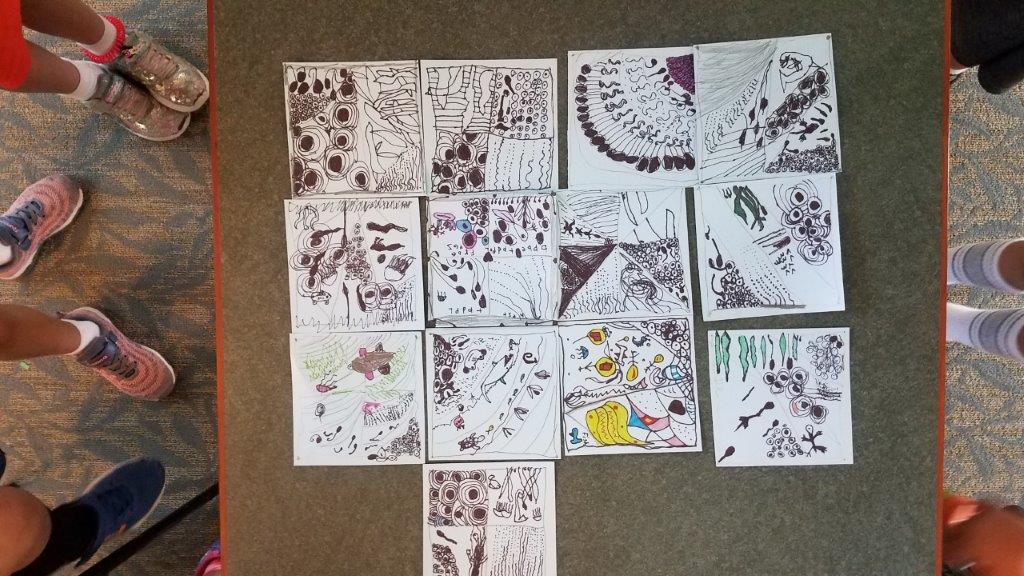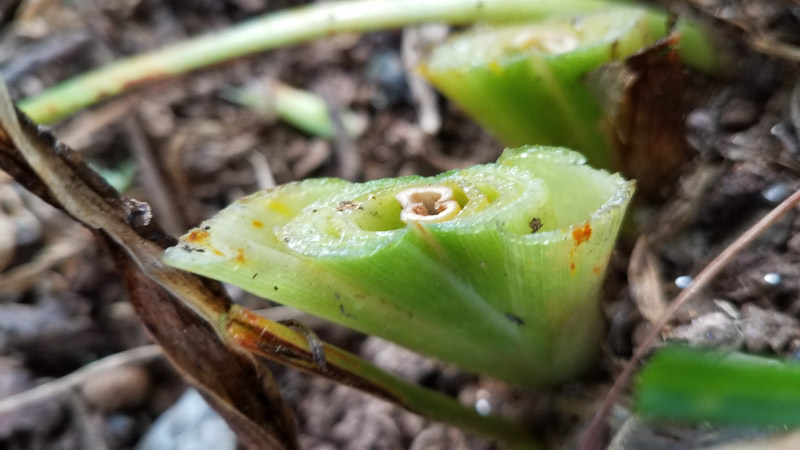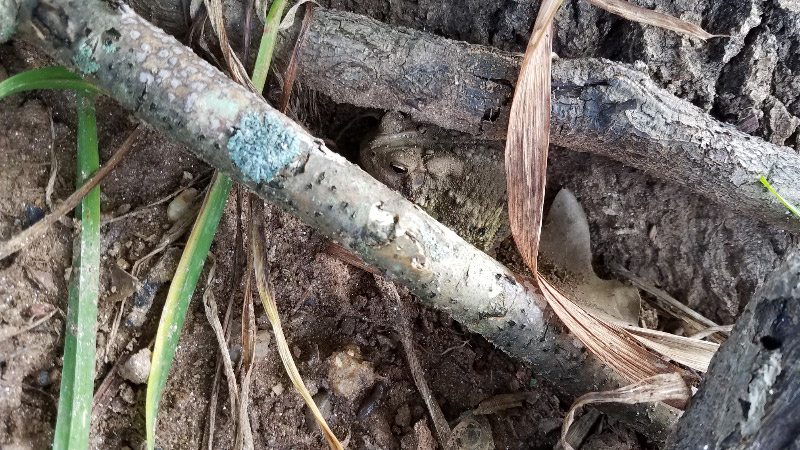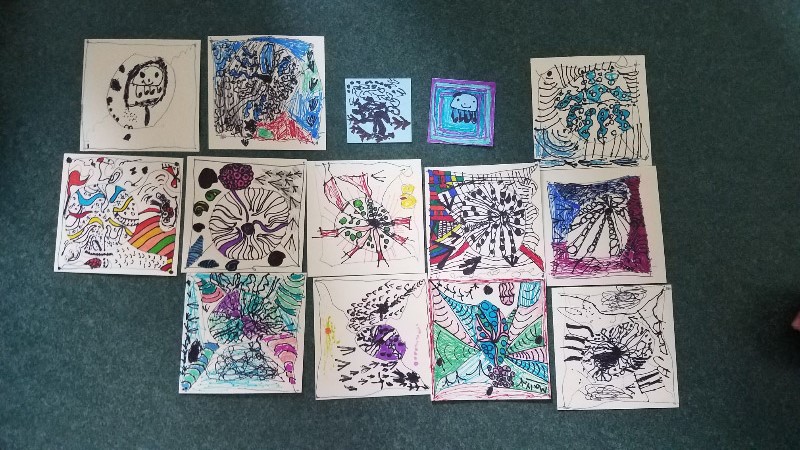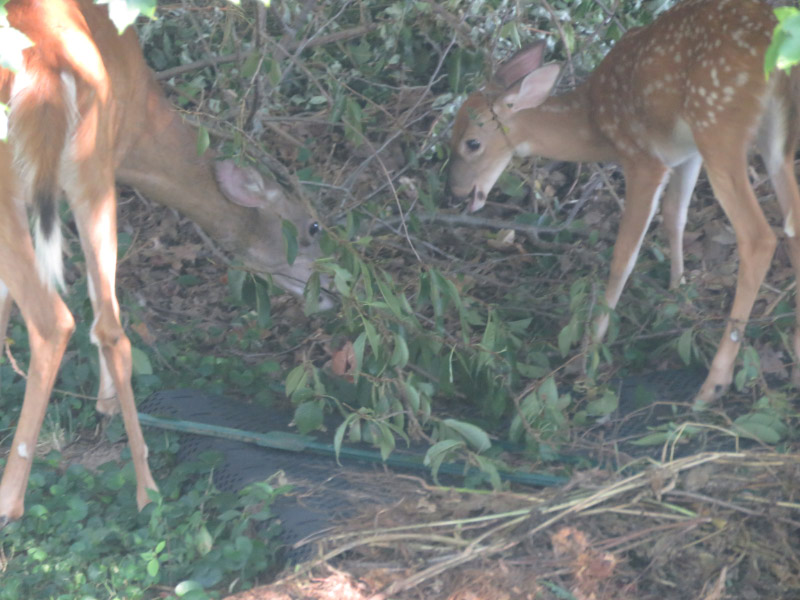Ten Little Celebrations – August 2019
/August 2019 was busy – but not as overwhelming as July. I savored the recovery time before the busy fall field trip season volunteering and my own travels. It was still easy to find little celebrations this month.
For three weeks of the month, I celebrated two mornings with Howard County Conservancy summer campers. What great experiences for me and (I hope) for the campers. Fossils, water and flight….interesting themes of high interest to the 5-12 years old groups. I could have counted 6 little celebrations but opted to count each week as 1 larger celebration since I had so many other things to celebrate.
Celebrating Coursera course Bugs 101: Insect-Human Interactions from University of Alberta (which I hope to finish by the end of the month). It was wonderful to have time to dig into an online course again.
Montessori teachers in the Wings of Fancy exhibit. A group of Montessori teachers in training came through the exhibit one morning (when it wasn’t too hot) and I celebrated conversations and that the method is still popular. My daughter certainly thrived in that type of pre-school.
Finding lots of botanical print books. Just when I think I am about to run out of online botanical books, I find a lot more…..and celebrate.
Getting a new laptop ordered. My old laptop is almost out of warranty and, even though it has a new battery and seems to be working well, I ordered a new one. I’m very excited about getting it all set up by the end of the month.
Flavorful cantaloupe. The CSA had very sweet cantaloupes this year. I celebrated melons that were as good as my memories of childhood cantaloupe from my grandparents’ farm.
Office rearrangement. I celebrated a new arrangement of my office furniture and general tidiness of my home office…in preparation for a new laptop.
Photographing a living cicada. Usually the cicada’s I photograph are not living – or are too cold to move. I celebrated seeing one fly into a tree and photographing it…while it was singing.










